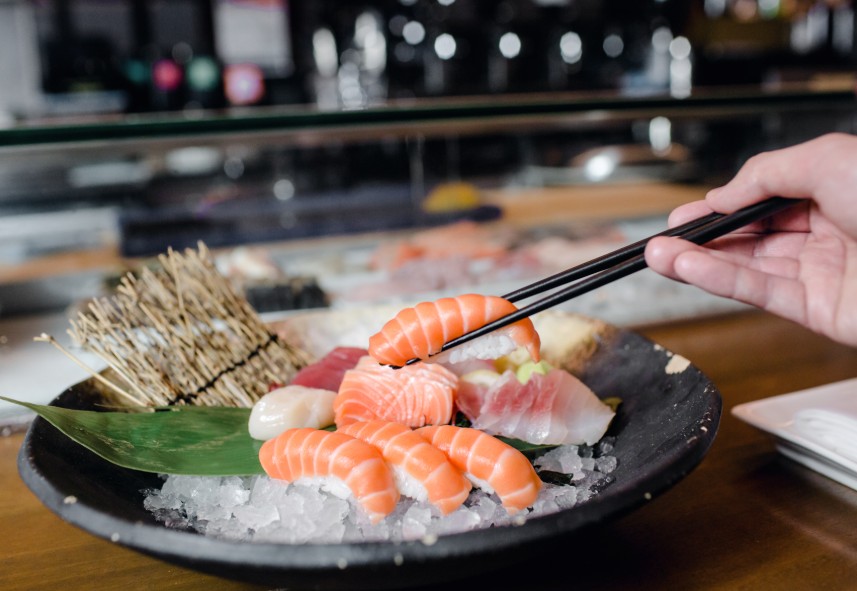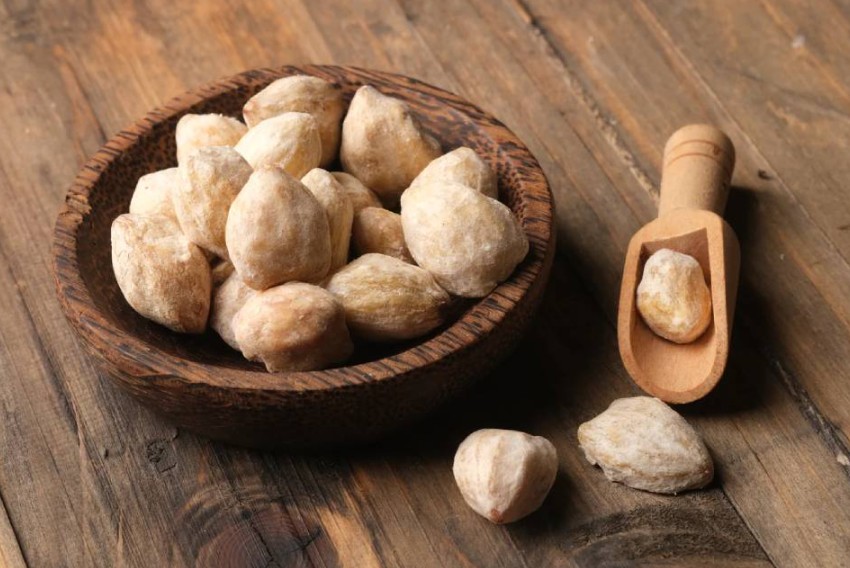
When it comes to enjoying sashimi, freshness isn’t just important—it’s everything. Unlike cooked seafood dishes, sashimi is served raw, meaning its flavour, texture, and safety depend entirely on how fresh the fish is. Whether you’re a home chef preparing your own sashimi platter or dining at a restaurant, being able to spot freshness is an essential skill. We’ve gathered insights from seafood experts and sashimi chefs to help you confidently identify high-quality, fresh sashimi every time.
1. Look at the Colour
The most immediate indicator of sashimi quality is colour. Fresh tuna should be a vibrant red (not dull or brownish), salmon should glow with an orange hue and subtle marbling, and white fish like snapper or kingfish should appear clean and slightly translucent. Any signs of graying or browning indicate oxidation or aging, meaning the fish is past its prime.
Also, be wary of sashimi that looks overly bright or artificial—some suppliers use carbon monoxide treatment to maintain an illusion of freshness. Trust what looks natural.
2. Check the Texture
Touch can tell you a lot. Fresh sashimi should have a firm, slightly springy texture. Press gently: the fish should bounce back and not feel mushy or slimy. A slippery, sticky, or limp piece of sashimi is a red flag—it may mean the fish is deteriorating.
When slicing at home, a sharp knife will give you clean, defined cuts, and the fish should hold its shape well. Crumbling edges or a frayed appearance may indicate poor handling or older stock.
3. Smell the Fish
This is one of the most reliable signs of sashimi freshness. Contrary to what some might expect, fresh fish doesn’t have a strong “fishy” smell. Instead, it should smell faintly of the ocean—clean, salty, and slightly briny. If you catch even a slight whiff of ammonia or sourness, it’s time to skip that sashimi.
At reputable places like the Best fish market Gold Coast, staff ensure that fish is kept at optimum temperature and rotated frequently to maintain peak freshness and avoid spoilage.
4. Observe the Moisture
Fresh sashimi has a subtle sheen that looks moist but not wet or watery. Excess moisture can mean improper storage or thawing from frozen fish. Likewise, dryness or tough outer edges signal that the sashimi has been exposed to air for too long.
When buying or preparing sashimi, make sure it’s stored on crushed ice or in a refrigerated display, not sitting out in the open.
5. Ask About the Source
Don’t be shy about asking where the fish comes from and how recently it was delivered. A trustworthy market or restaurant will be transparent about sourcing and handling. Many sashimi-grade fish are flash-frozen at sea to preserve quality, and top providers will be upfront about these practices.
Looking for a reliable place to Buy fresh prawns Gold Coast? Reputable suppliers like Tasman Star Seafood Market not only offer sashimi-grade fish but also premium prawns, oysters, and seasonal catch sourced with care and handled by trained professionals.
6. Go to a Trusted Fishmonger
If you’re preparing sashimi at home, your best bet is to purchase from a high-quality fish market known for its freshness and integrity. Visiting the Best fish market near me ensures you’re getting seafood that meets the highest standards, from catch to counter.
At reputable markets, staff are trained to recognise and handle sashimi-grade fish. They can cut it properly, offer storage advice, and even suggest seasonal varieties best enjoyed raw.
7. Taste Tells All
Ultimately, your taste buds will confirm what your eyes and nose suspect. Fresh sashimi is buttery, delicate, and clean on the palate. Tuna will be rich without being overpowering; salmon should melt in your mouth with a slightly sweet aftertaste; white fish should be tender and mild. If the flavour is metallic, overly fishy, or leaves a bitter aftertaste, it’s likely not fresh—or worse, not safe.
8. Bonus: Look Beyond Fish
Sashimi isn’t just about tuna or salmon. Other options like scallops, squid, and prawns make excellent raw dishes. In fact, the Best prawns Gold Coast can be served raw when ultra-fresh, offering a sweet, almost creamy texture. However, freshness is even more critical with shellfish due to their delicate nature and higher spoilage risk.
If you’re trying prawn sashimi, ensure the flesh is translucent, odorless, and firm to the touch. Soft or discoloured prawns are an instant no-go.
Final Thoughts
Enjoying sashimi is a celebration of nature’s purity, precision, and simplicity. But that experience only shines when the fish is impeccably fresh. Use your senses—sight, touch, smell, and taste—and trust your instincts. Always buy from trusted sources, store it properly, and don’t hesitate to ask questions.
Whether you’re crafting sashimi at home or planning a seafood night with friends, visiting the Best fish market Gold Coast ensures you’re starting with the finest ingredients. From expertly prepared fish to the Best prawns Gold Coast, freshness begins at the source.








